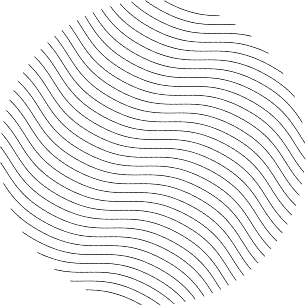Biography
Raul Hernandez Peon, Mexican neurophysiologist (Merida, Yucatan 16 July 1924 – Ciudad de Mexico 16 April 1968)
Authored about 150 papers
Regarded as one of the leading world researchers in the field of neurophysiological mechanisms of sleep
ACHIEVEMENTS
Established that sensorial impulses are sorted at low levels of nervous system
Determined the existence of a cholinergic system of sleep proposing its mechanism and anatomical structure
Concluded that activation of reticular formation of brain stem exerts a descendent influence on sensorial pathways by means of inhibiting centrifugal fibers
Postulated that supra-mesencephalic structures are not essential to habituation development
Theorized that reticular formation receives and controls the external information
With French & Livingston showed clearly that the same system of neurons which mediated the ascending arousing or activating response was itself under the influence of impulses descending in corticofugal pathways (1952-3) and confirmed the existence of reticulofugal inhibitory mechanisms acting upon the first sensory synapse (1954-5)
Theorized that wakefulness-sleep systems and the positive-negative motivational systems are subserved by common anatomic subcortical limbic-midbrain structures and are reciprocally connected in dynamic equilibrium so that the level of activity in each system is modified by impulses coming from sensory receptors or from the neocortex
First to demonstrate that the cortical potential evoked by a sensory stimulus and previously diminished by habituation, increases in voltage during reinforcement
Concluded that electrical activity of the olfactory bulb was indicative of the state of activation of the brainstem arousal system
Predicted that many psychiatric disorders were associated with the failure to inhibit responses to stimuli which have little informational value
Put forward the concept that habituation is not only the primary learning process, but seems to be a common denomination for the establishment of all other more complex types of learning (1959)
Showed that rostral side of reticular formation of brain stem was essential to awakening and wake maintenance
Enunciated the concept that rostral brainstem influences that inhibit the mesencephalic reticular system primarily in the limbic system (1960)
Demonstrated that the medial forebrain bundle forms a key part in the rostral sleep system into which there is confluence of heterogeneous hypnogenic pathways and also showed these elements to act by inhibiting the meso-diencephalic arousing neurons
Introduced a model indicating reciprocal connections between the cerebral cortical system which rather accurately predicted the organization of the hypnogenic circuits in the brain as shown in his subsequent works (1961)
Showed that when micro-crystals of cholinergic agents were applied to specific neural circuits the sleep was produced in all its various phases and stages
Proved the descending path of the hypnogenic influences
Concluded that descending and ascending paths of cholinergic hypnogen system act to induce sleep by inhibiting the meso-diencephalic activating system
BIBLIOGRAPHY
Physiology & Behavior 5(4):379-88, 1970 (includes complete bibliography of Hernandez Peón)


